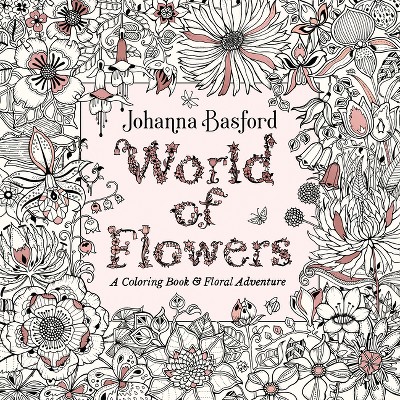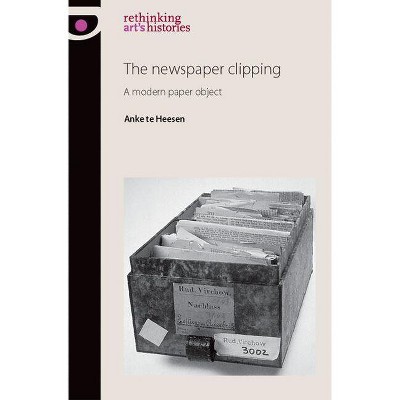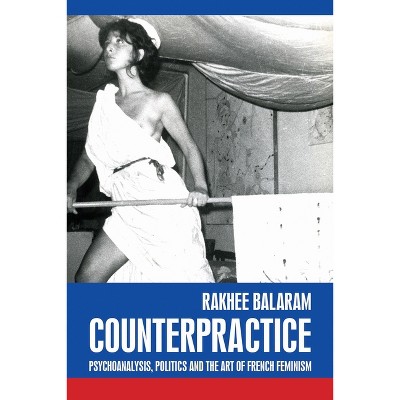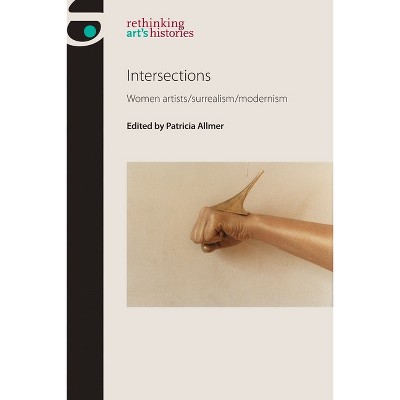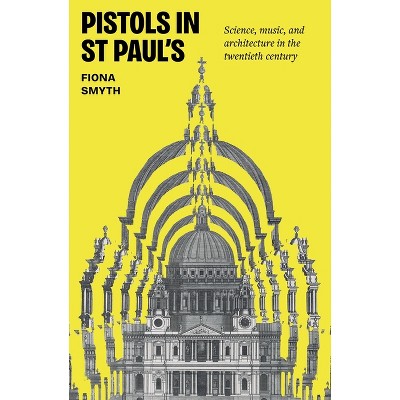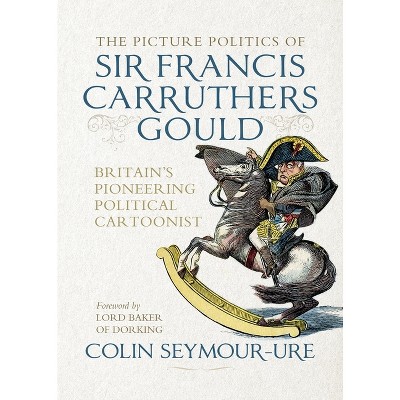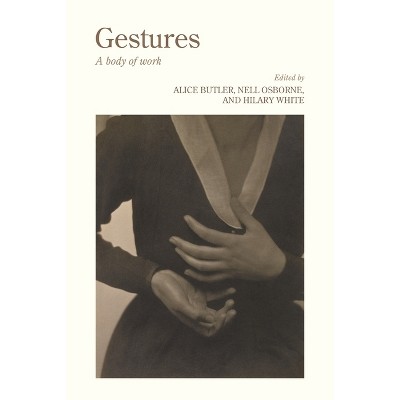Methods for Ecocritical Art History - by Olga Smith & Andrew Patrizio

About this item
Highlights
- An indispensable survey of methods in ecocritical art history.
- About the Author: Andrew Patrizio is Professor of Scottish Visual Culture at the University of EdinburghOlga Smith is a NUAcT Fellow in Fine Art at Newcastle University
- 312 Pages
- Art, History
Description
About the Book
By empowering readers to approach the study of art enriched with ecocritical tools, this book makes an indispensable addition to art historical pedagogies.Book Synopsis
An indispensable survey of methods in ecocritical art history.
Ecocriticism is one of the most important and exciting developments in current art history. This is the first book to provide a survey of its methods, showing what they can offer art historians. It also indicates what the interdisciplinary project of ecocriticism stands to gain from art historians, their methods and practices. The book assembles twenty-three essays written by international scholars that span a wide range of methodological approaches, including ecofeminism, planetary ecologies, material ecocriticism, ecopolitics, and indigenous ecopoetics. The essays are framed by a series of editorial introductions that provide orientation within a disciplinary territory that is still in a state of flux. Written in clear, jargon-free language, they are accompanied by thematically arranged lists of bibliographies to facilitate further study and empower readers to approach the study of art enriched with ecocritical tools. This book is an indispensable resource for art history in the twenty-first century.From the Back Cover
This publication is the first and the only survey of methods of ecocritical analysis in art history. Their range gives a strong indication of the diversity of approaches that show ecocritical art history to be a vital new nexus for the discipline. The book also indicates clearly what the interdisciplinary project of ecocriticism stands to gain from art historians, by presenting the specific ways in which climate emergency is appraised and countered through methods and practices of art history.
The book brings together established scholars and new voices shaping this burgeoning field. Moving beyond subjects explicitly environmental in meaning or procedures, authors engage with the widest range of artefacts and objects drawn from across the globe, spanning chronologies from early medieval to contemporary. Each of the twenty-three chapters engages closely with case studies, but their approach is couched in explicit methodological terms. The spectrum of methodological approaches covered in this book includes ecofeminism, planetary ecologies, material ecocriticism, ecopolitics, and Indigenous ecopoetics. The chapters are framed by a series of editorial introductions. Their aim is to provide orientation within a disciplinary territory that is still in a state of flux, yet already complex. Written in clear, jargon-free language, they are accompanied by thematically arranged bibliographies to facilitate further study. By empowering readers to approach the study of art enriched with ecocritical tools, this book makes an indispensable addition to art-historical pedagogies.About the Author
Andrew Patrizio is Professor of Scottish Visual Culture at the University of Edinburgh
Olga Smith is a NUAcT Fellow in Fine Art at Newcastle University
Shipping details
Return details
Trending Art, Photography & Design Books
